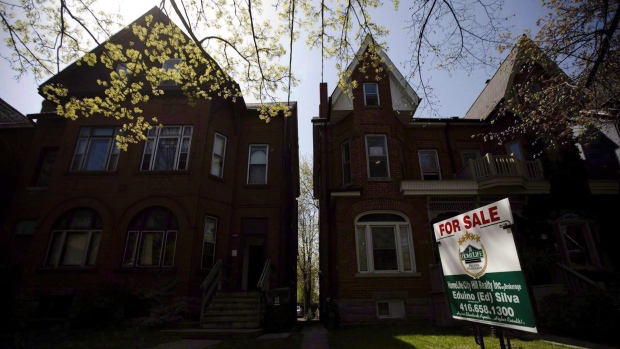Nov 12, 2018
Personal Investor: 4 ways HELOCs can make life easier
By Dale Jackson

There’s no question Canadians love their home equity lines of credit (HELOC) – some a little too much. New research from the Financial Consumer Agency of Canada finds the average HELOC balance has grown to $70,000 and one-quarter of HELOC holders manage to pay only the interest most months.
Sure, with borrowing rates on the rise, HELOCs can be dangerous in the wrong hands. But for disciplined borrowers, they can be a lifeline when times are tough and a springboard to grow household wealth.
Here a four ways a HELOC can make life easier.
Consolidate debt: Most HELOCs are tied to the bank’s prime lending rate. Depending on your credit rating, they can range from prime to prime plus one per cent. Either way, they are likely the best borrowing rates most Canadians will ever get because they are secured by equity in your home. In other words, the amount of your home you already own is collateral against the money you borrow. Right now prime is 3.7 per cent. Unsecured debt, such as balances on credit cards, can be as high as 30 per cent. Homeowners can potentially save thousands of dollars by using their low-interest HELOCs to pay down higher interest debt.
Emergency fund: Banks say you should have up to three months’ pay squirreled away for emergencies such as car repairs, but who’s kidding who? For most people, having that much cash sitting in a savings account is unrealistic. Having all that cash accumulating virtually nothing in interest might work well for banks, but for most people it can be put to better use. A HELOC can provide instant, low-rate funds for emergencies.
Home renovation: Most home renovations and improvements add to the value of a home, so borrowing against the home is a hedge in itself. In many cases balances on HELOCs can be rolled into a mortgage when it comes due for renewal. In the meantime, house valuations almost always rise over time making a HELOC a way to borrow to invest.
Boost your RRSP contribution: Speaking of borrowing to invest; have you ever wondered how much your registered retirement savings plan would be if you included your tax refund? Over a lifetime of RRSP contributions, it could be huge. A simple RRSP contribution calculator can tell you how much you need to add to the contribution to include the refund. In the end, it compounds to include the refund from the refund, and so on. You can use your HELOC to borrow the difference and pay it back, plus interest, when your refund arrives.
Once again, HELOCs only help if they are used responsibly. The balance should be held at zero most of the time, and the goal should always be zero when it runs up.








